Circulation
General
How is circulation managed in Alma?
-
Alma responds to requests with a services menu that combines direct links to local digital or publisher-hosted electronic resources, physical resources available on the shelf, and requests that users may place on any resources.
-
Options are filtered by patron rights—e.g., access restrictions on a digital resource will prevent patrons from seeing a link they can’t actually access.
-
Services are arranged and presented according to library-defined rules—e.g., libraries may suppress the more expensive ILL option if the resource is available electronically.
-
Link resolution is built into Alma as a core function of e-resource management; there is no need for a separate link resolver.
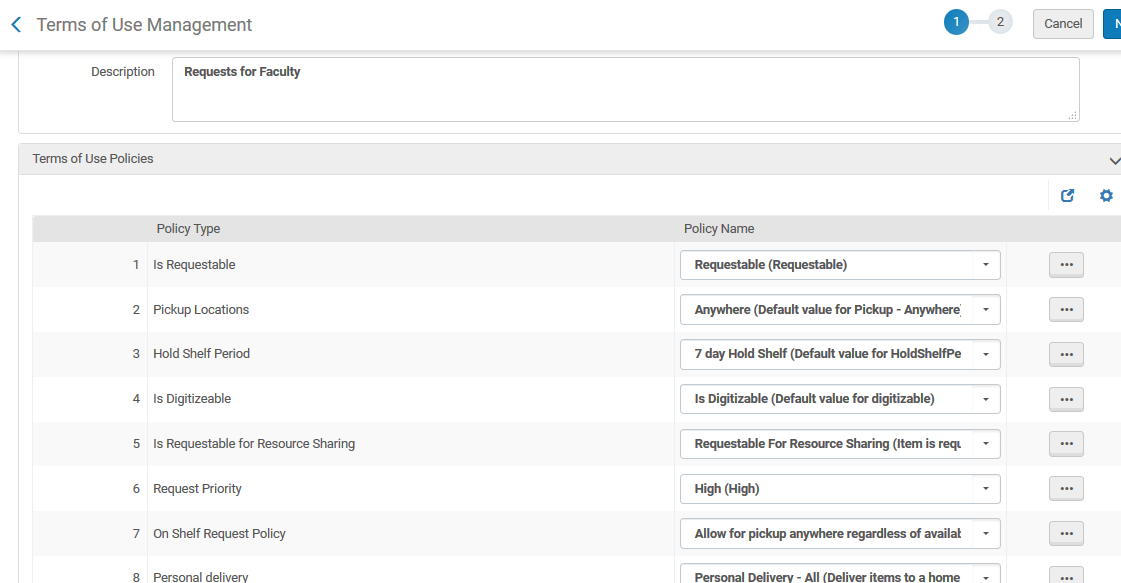
- a fine/fee can be waived;
- it can be created manually, or is automatically generated by the system;
- it can be refunded;
- the fine/fee is on the level of the library or the institution.
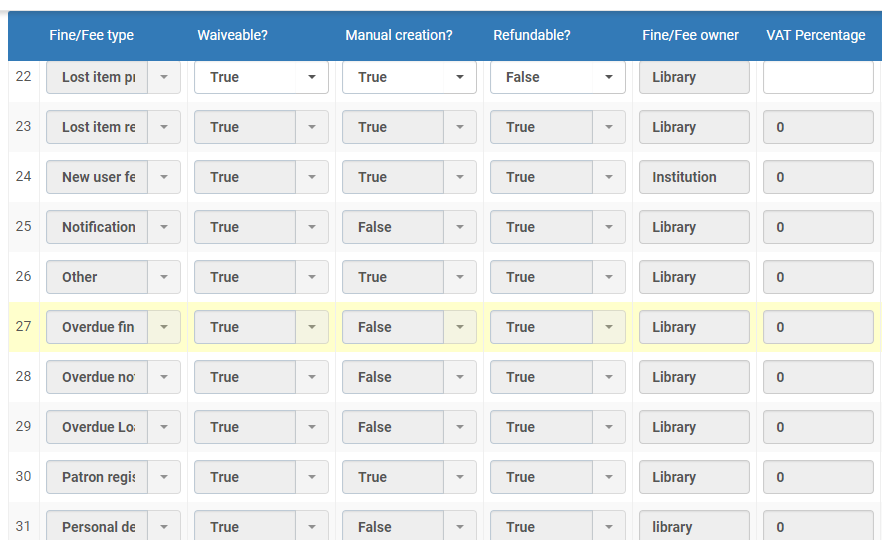

Does Alma support integration with self service systems?
Patrons can access their account information from self-service kiosks using the SIP2 protocol. Alma has been integrated with the self-service systems from vendors such as 3M, Bibliotheca, Envisionware, and Checkpoint. Alma supports intelligent self-service devices using the SIP2 protocol. This includes support for issues, returns, and renewals from RFID self-check machines.
Alma allows for the definition of any number of Self-Check Integration Profiles. The staff user is guided through a short wizard to define the parameters relevant for the Self Check unit.
Learn about Self-Check machines in the Integration with Self-Service Systems video: https://www.youtube.com/watch?v=Z-q-mCc33Bo&hd=1
Does Alma support RFID?
Does Alma support floating collections?
-
Reports for items that are due back to their permanent location
-
Automatic requests being placed to re-shelve the items back to their permanent shelving locations.
Is in-house usage registered in Alma ?
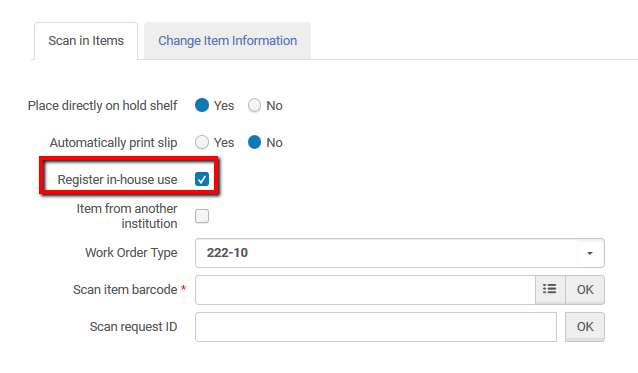
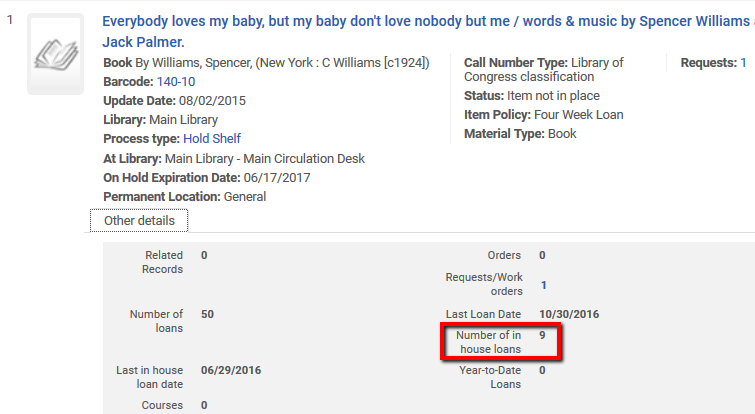
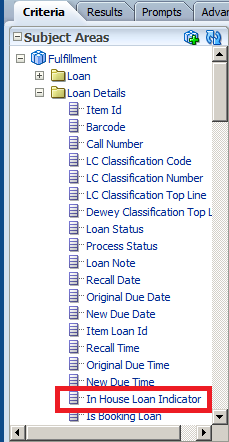
Checkout
What mechanisms are supported to scan or read material and patron identifiers into Alma?

What are the options for searching for a user record from the checkout screen?
Users can be searched by a number of criteria:
- All (criteria listed below)
- Name
- First Name
- Middle Name
- Identifiers – you can define and use various identifiers (such as library card number, barcode(s) and other identifiers)
- Job Category
- Primary Identifier
- User general information
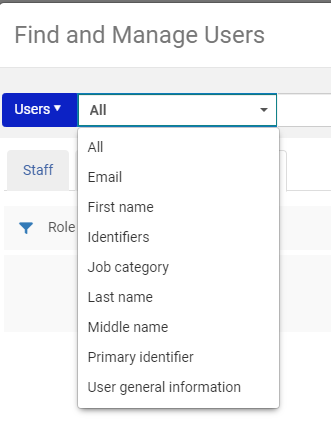
Users are instantly searched when typing in the first letters or other identifiers (e.g. barcode).
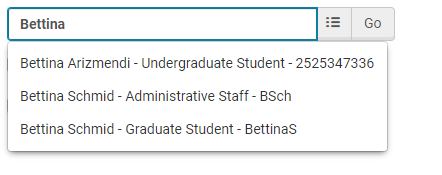

Are there any limitations on the type, length, and format of barcodes for items and patrons?
What information is available from the checkout screen?
The Patron services page include the following activities:
- Viewing requests – The Circulation Desk Operator/Manager can view a list of items requested by the patron
- Loans – Current loans with the options to renew loans, add/scan in further items,
- Returns – Returned loans of either the current session or all returns
- Fees and fines – The active balance is shown with the option to pay fines/fees (full, partial, item/case related)
- Editing patron information – The Circulation Desk Operator/Manager can make changes to patron general information.
When clicking a resource in the Patron services page the user is routed to the Loan Audit Trail that shows brief bibliographic details and the loan history (unless not anonymized). Clicking the item’s barcode allows to enter the item record that link to the holding and bibliographic record view. With a cataloguer’s role users can enter the Metadata editor to edit the bibliographic or holding record.
Does Alma record the date and time that an item was checked out?

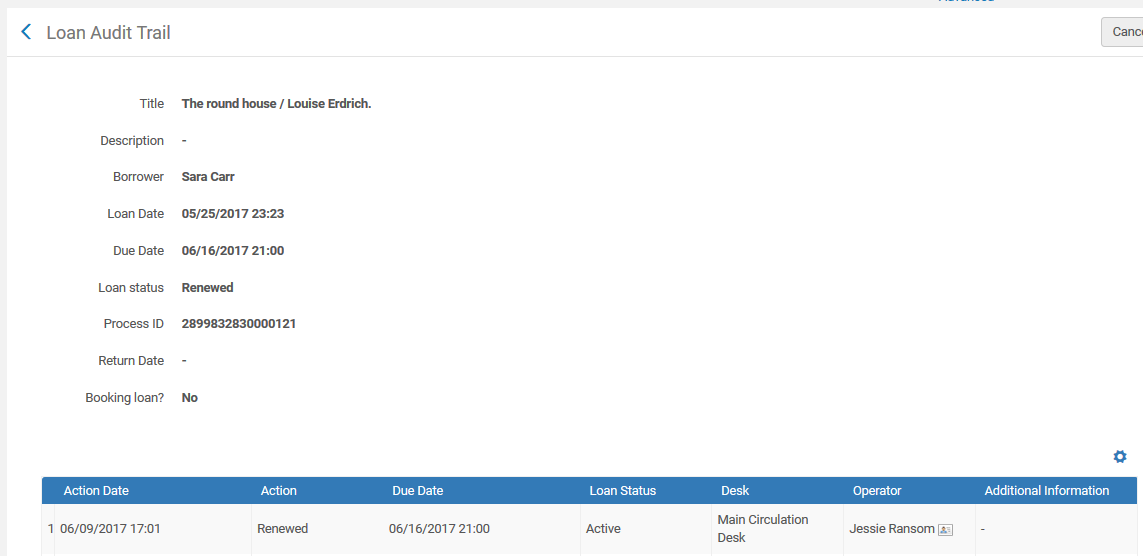
Does the checkout screen display the patron's overdue items, fines, blocks etc.?

Can due dates be manually overwritten when issuing an item?
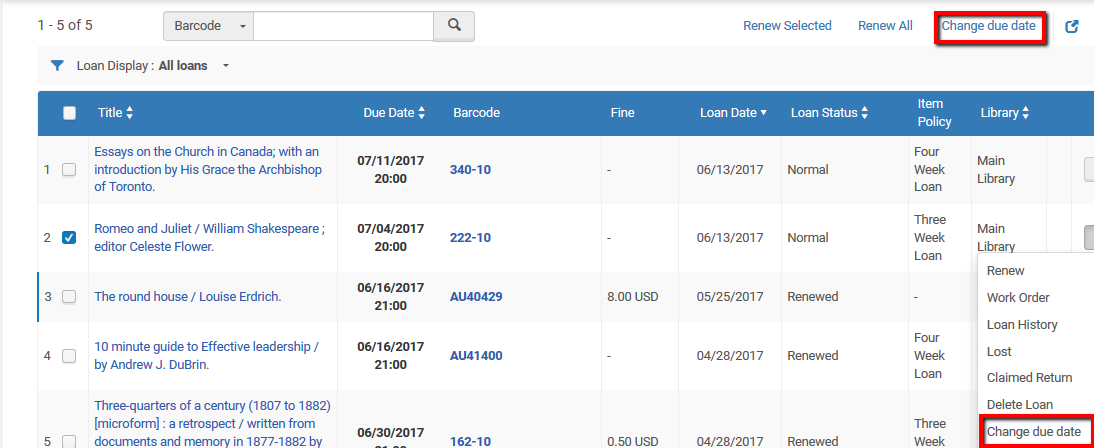
:
Can staff see a patron's fines and fees from the checkout screen?
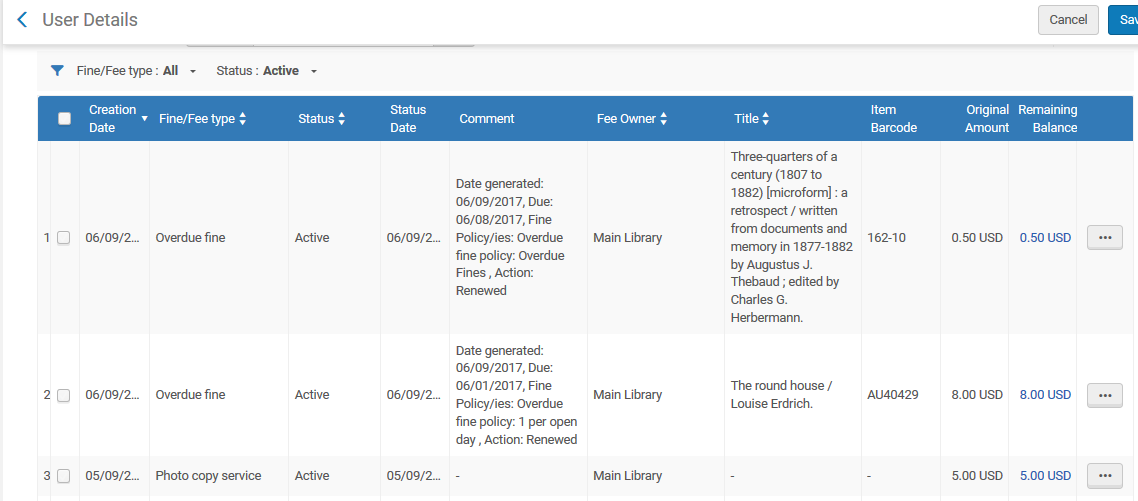
Can a list of a patron's items out on loan be generated?

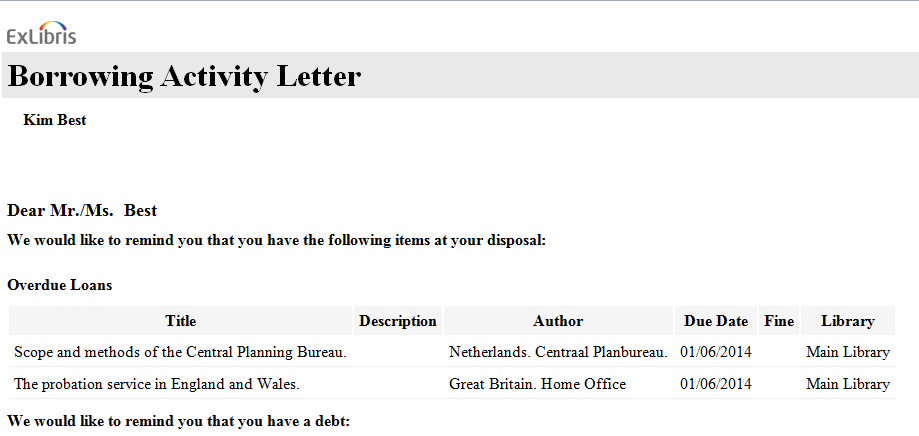
Checkin
What information is available to staff regarding a returned item?

Can returned items be back dated?

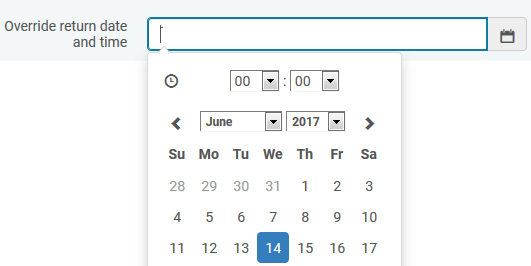

Can return receipts be printed?

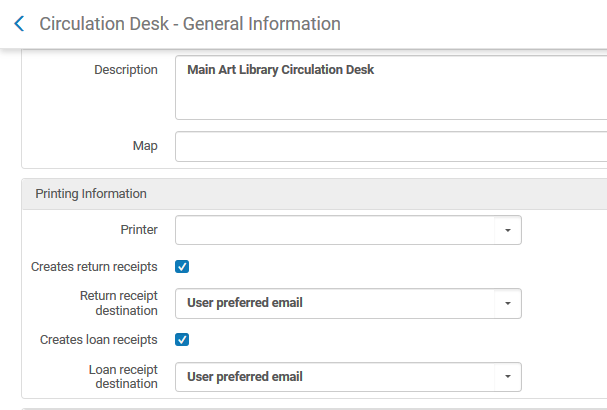
How are transit items handled?
-
The staff user gets a message that it needs to be transited

-
A transit letter is printed
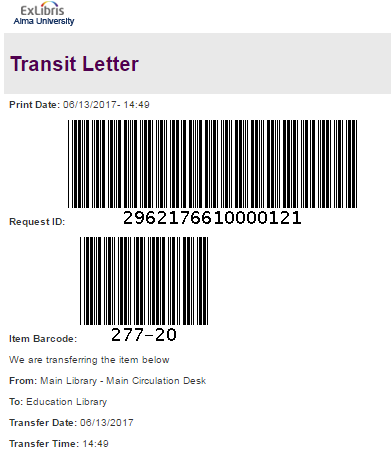
-
In the repository search the item appears as “in transit”
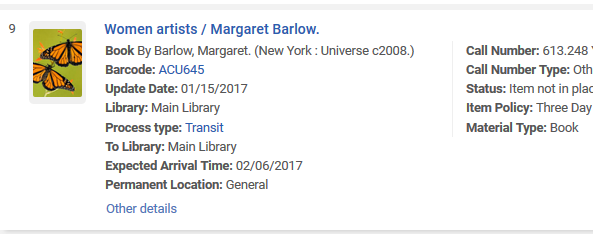
-
When the item is scanned in at the owning library it will appear as “in place".

Can staff view a list of in transit items?
This can be seen from the Monitor Requests and Item Processes list. The list can be filtered by Process Type 'In Transit', and further filtered by Pickup Location. Many facets are available on this screen, allowing for the list to be further filtered (e.g. by request date):
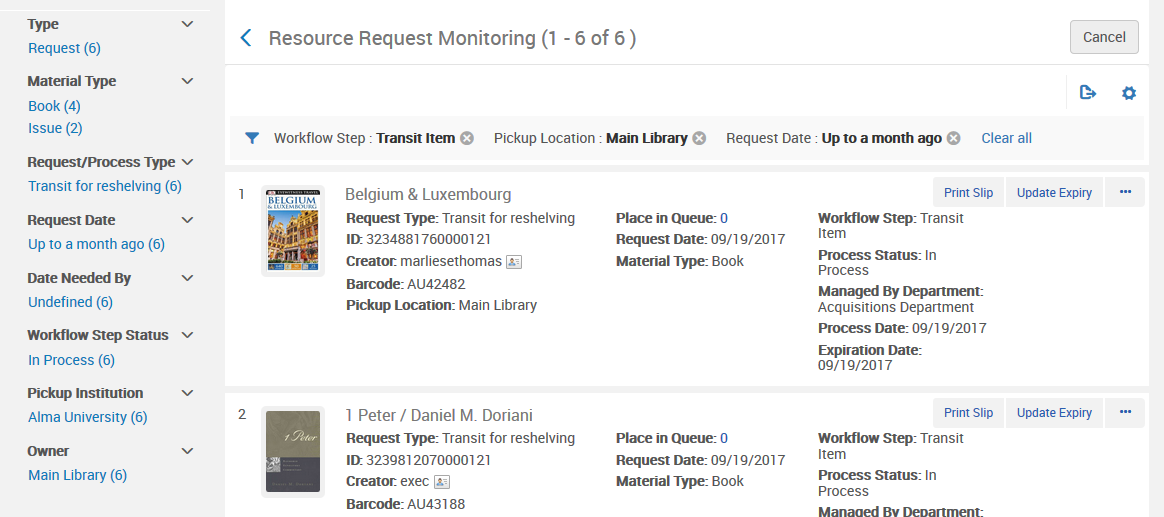
Override Options
Can authorized staff override system blocks?
Override policies are configured by the library and only available to staff with the relevant roles and permissions. An example of the override configuration table can be seen in the following screen capture:
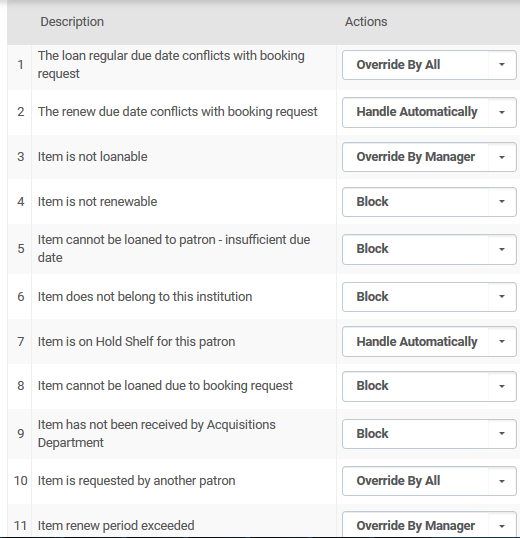
The following screen capture illustrates a library defined block that can be overridden by the staff operator:

The following example shows the same block that cannot be overridden by the staff operator who does not have override privileges:

Renewals
Can a single item, selected items, or all items checked out to a patron be renewed?

Are renewal parameters configurable by the library?



Does Alma support automatic renewals?

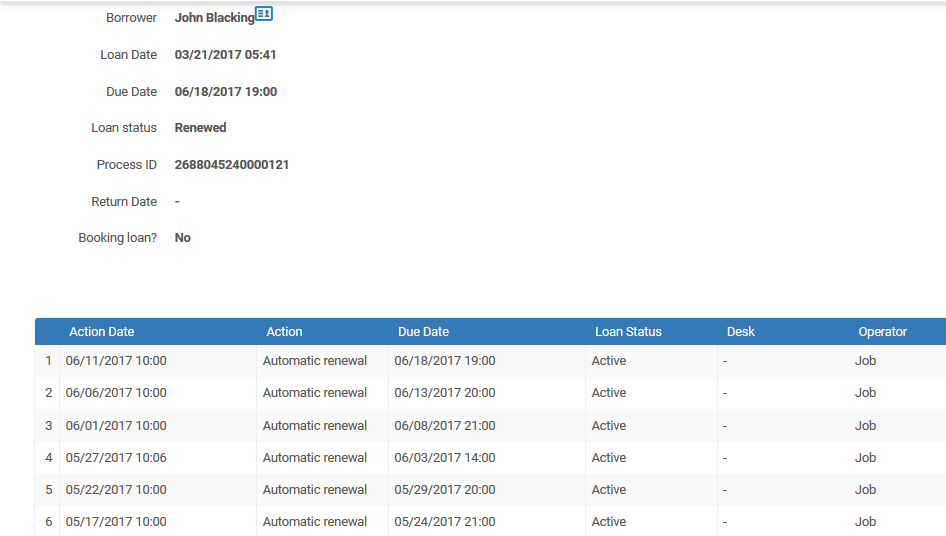

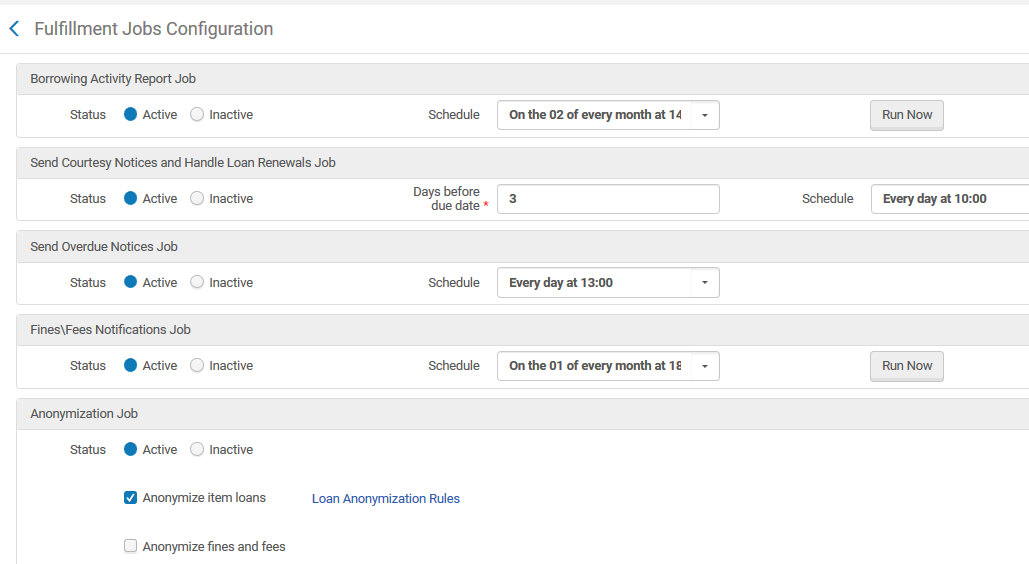
Can staff see the current number of renewals for each item borrowed by the patron?

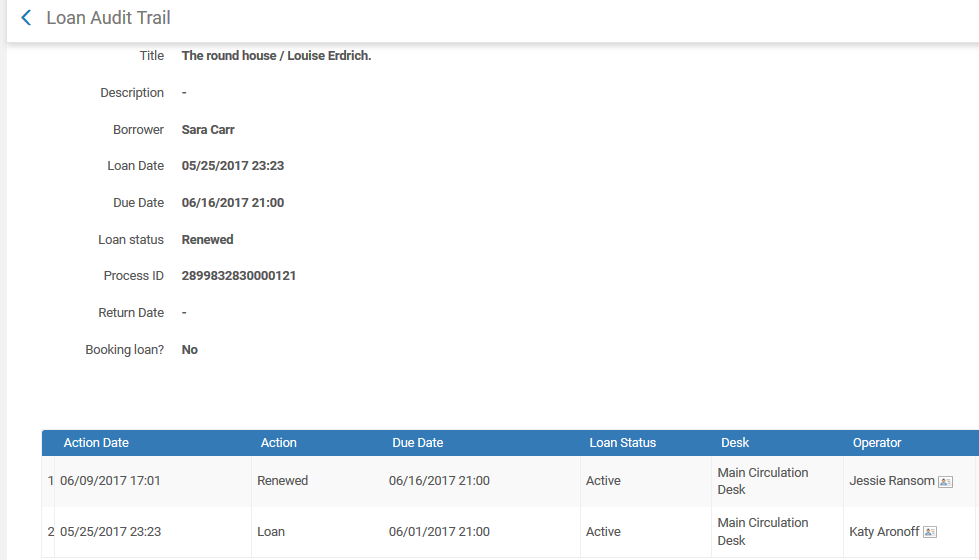
Ad hoc item creation
How are temporary item records created?

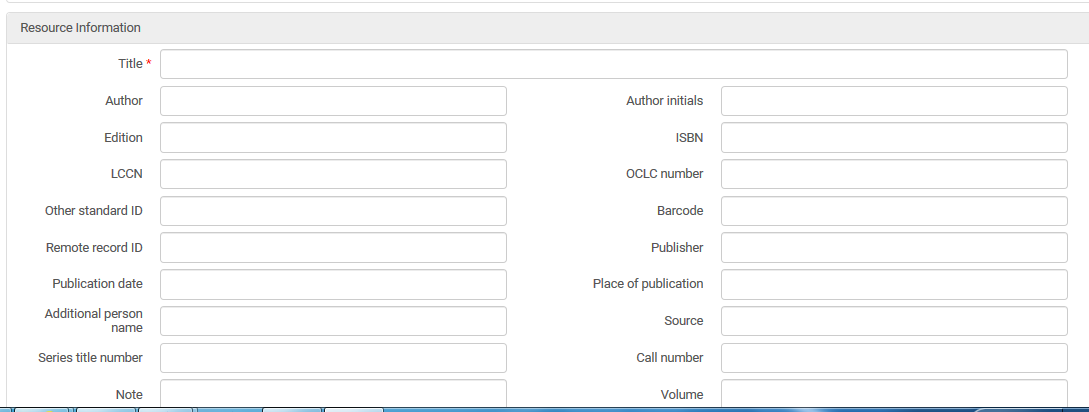
There are several options when creating the brief record:
- Suppressing the record for publishing to Discovery
- Course Restricted - Whether you want the item to be searchable in Discovery only within a Courses search scope (once you set up the appropriate Discovery search rules).
- You must define the location for the item
- You can define the loan policy that will apply (also in case an item is created for instant loan)
Alma will automatically assign a work order to the item, so that on its return it will be flagged for further processing. You can set up brief level rules to identify such records in the system (not only restricted to records that were created with quick cataloging but also records that were imported). Alma provides a dedicated job to retrieve such records for further processing (e.g. manual cataloging, normalization plus matching and merging with external resources, etc.)
Can items with no barcode or item record be loaned out?
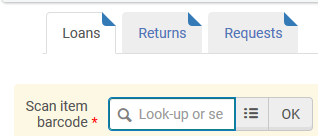
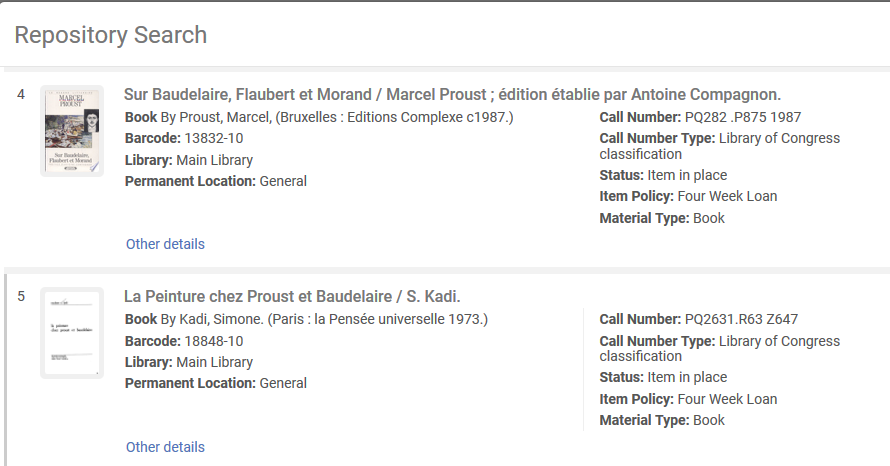
Self Check circulation
What options are available for self-check cirulation?
Alma allows for the definition of any number of Self-Check Integration Profiles.
SIP2 Protocol
Alma supports communication over the SIP2 protocol, which is used primarily for communication with local self-service machines. The communication is bi-directional. Since the vast majority of the SIP-based systems were built and designed without the cloud in mind, the SIP2 protocol lacks several components in order to fully support a cloud-based SaaS – namely, a unique institution ID and secure communication channel (which is supported in SIP3). Once SIP3 becomes the de-facto standard with cloud capabilities, Ex Libris will support it as well.
Alma supports the following self-check actions:
- Check out item (and canceling checkout)
- Check in item (and canceling check-in)
- Renew item
- Renew all items
- Pay fees
- Patron information
- Item information
- Patron status
- Login (enables turning the self-check machine on and off)
- Prevent requested items check in
Status (verifies that there is communication between Alma and the self-check machine).

Offline circulation
Does Alma support offline circulation?
How are transactions uploaded from the offline client back to Alma?

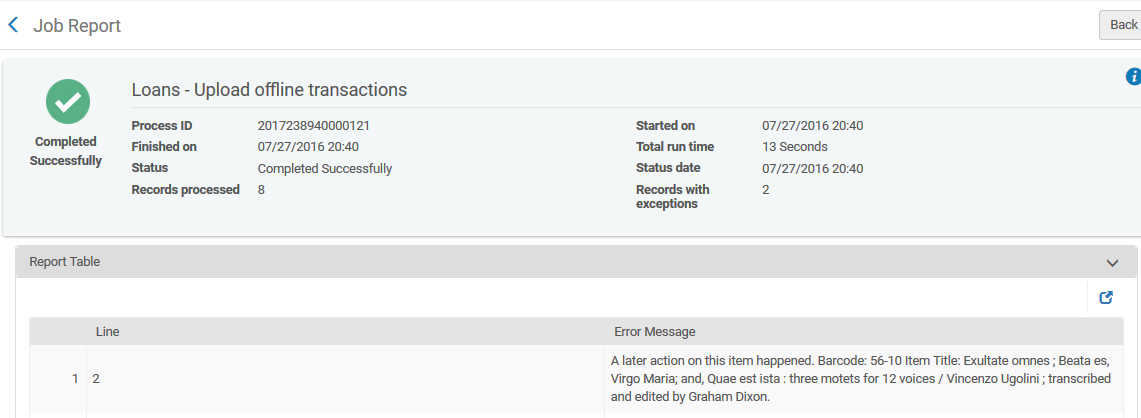
Total views:
20632
